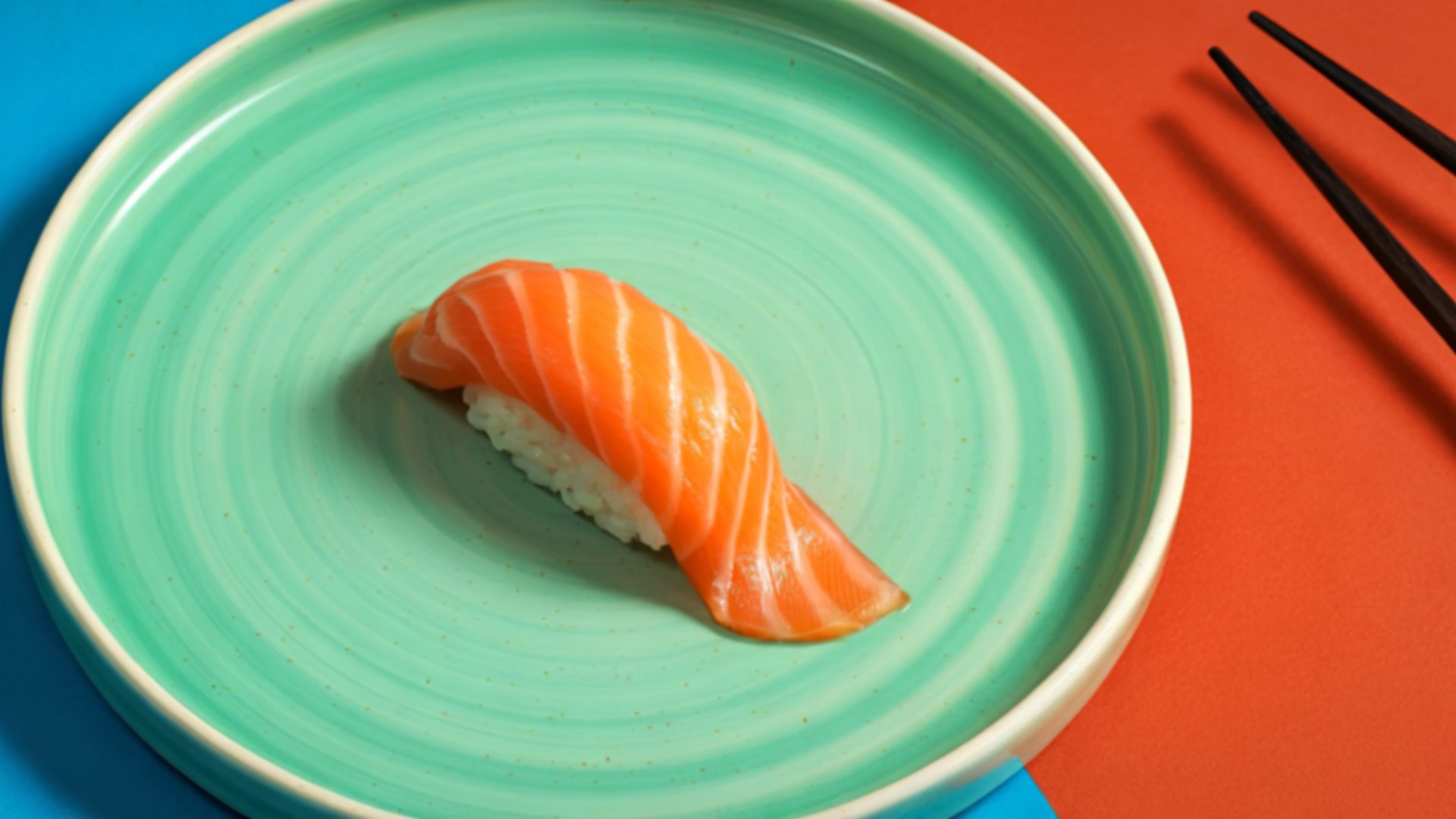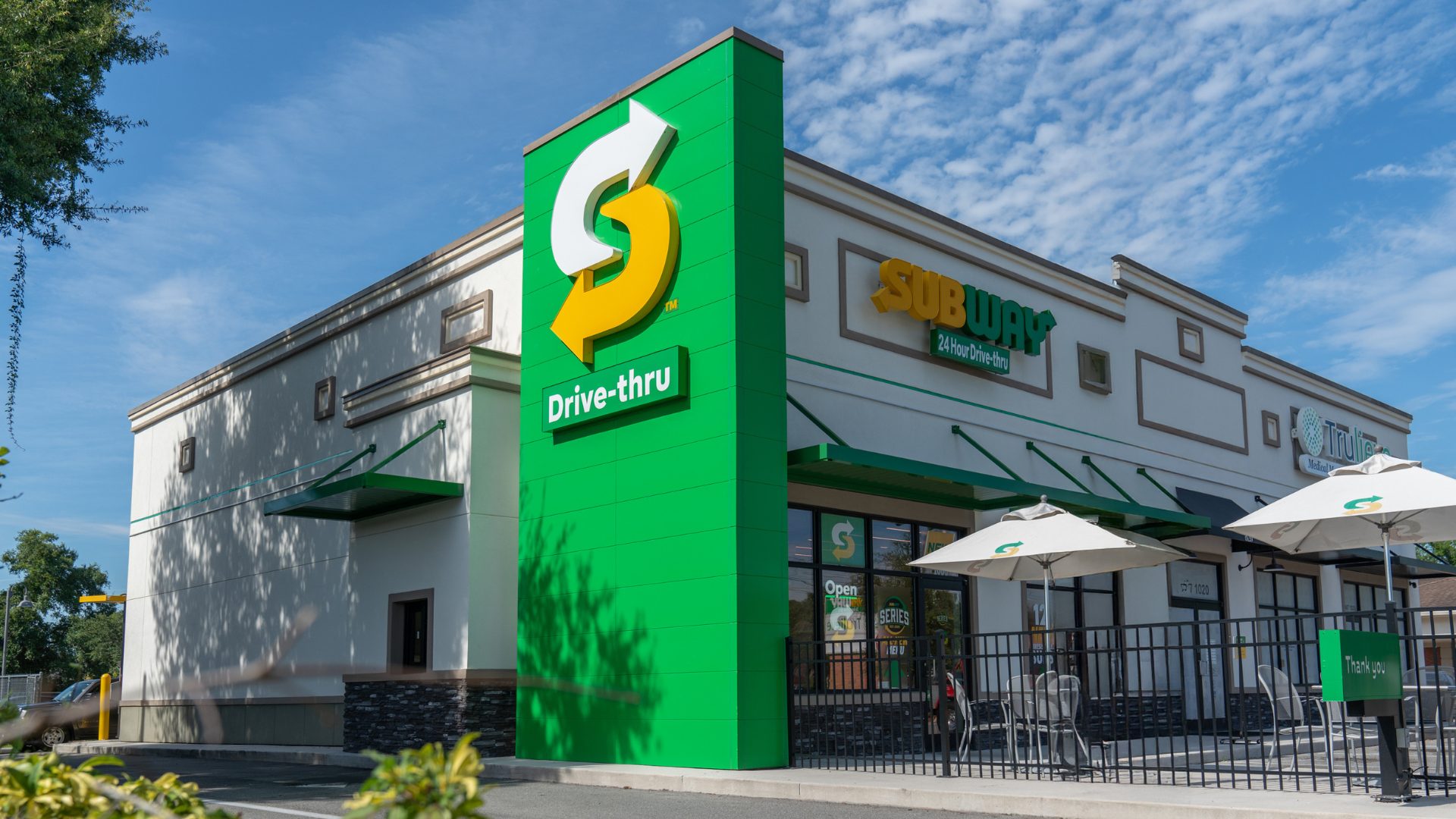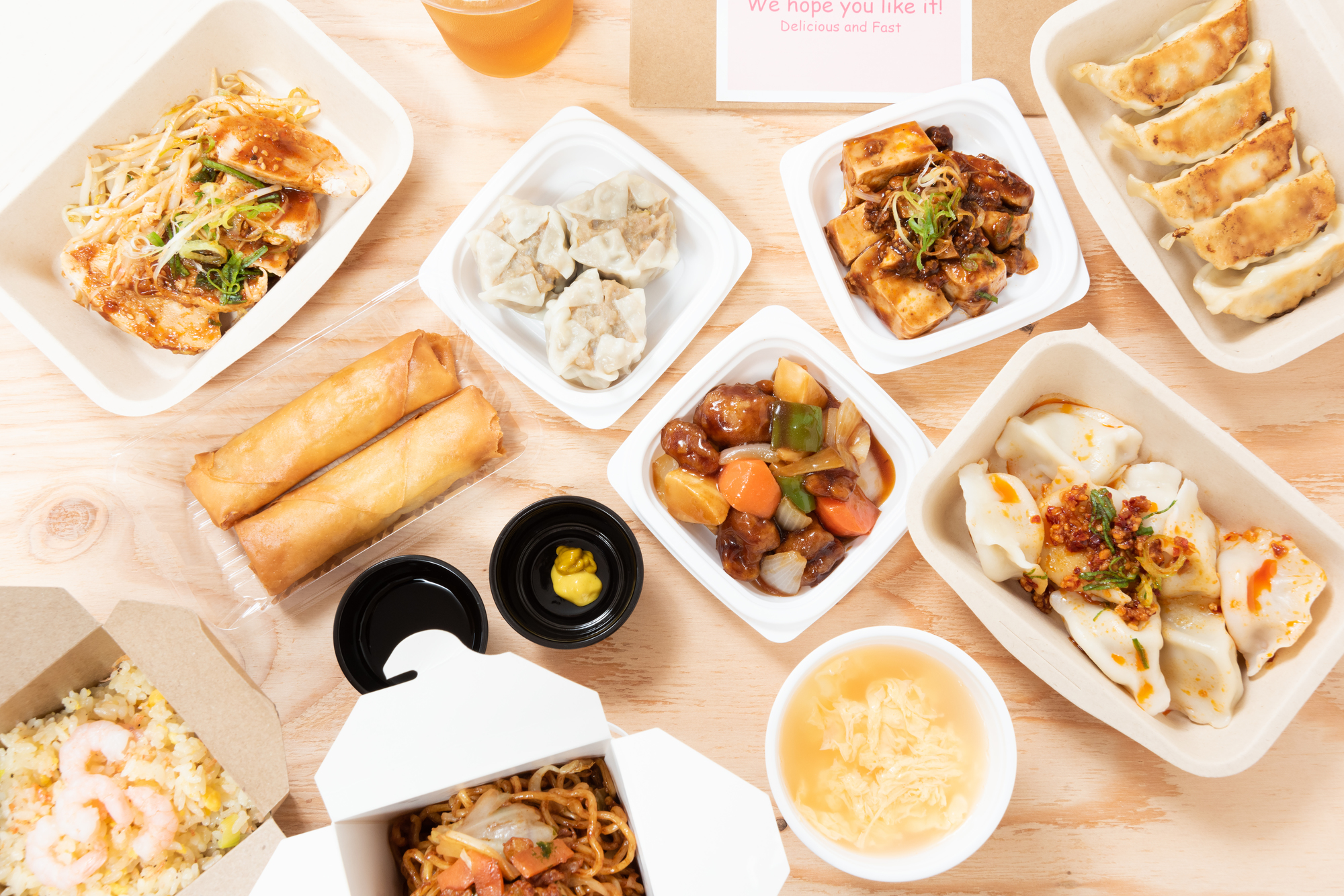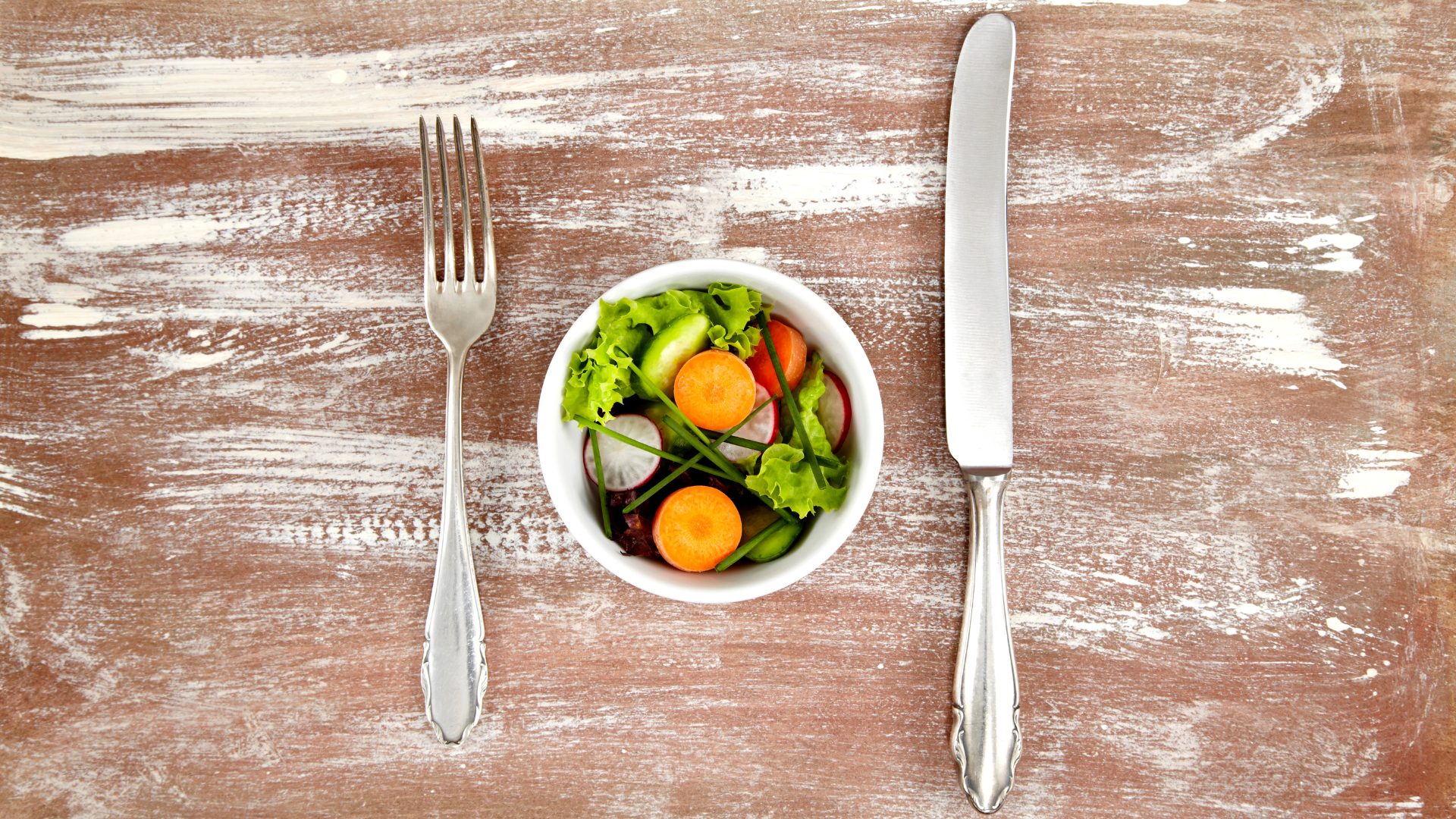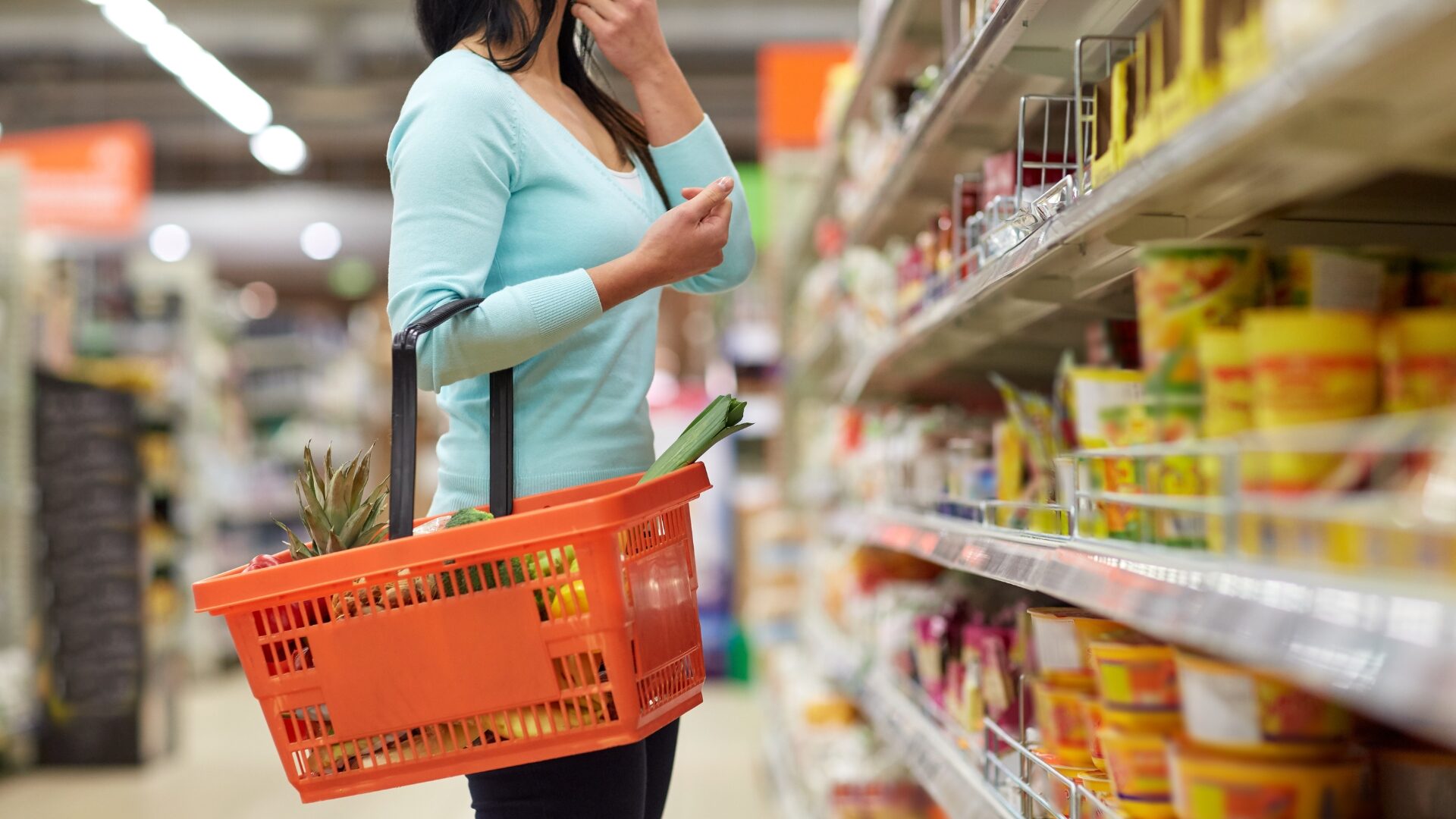GLP-1 drugs like Ozempic, Wegovy, and Mounjaro aren’t just reshaping waistlines – they’re rewriting the rules of food culture. What started as a medical breakthrough for diabetes and weight loss has exploded into a lifestyle movement. For the food and beverage industry, the ripple effects are everywhere.
Let’s examine the tectonic shift GLP-1s have inspired, along with what’s on the horizon.
Appetite Suppression Meets Lifestyle Shift
The GLP-1 drug market is experiencing explosive growth. It’s projected to reach $156.7 billion in value by 2030, with a CAGR of 17.5% over the next five years. North America is leading the charge, accounting for over 77% of global revenue in 2024.
GLP-1 drugs suppress appetite, alter taste preferences, and accelerate satiety. Users report consuming 30–40% fewer calories, prioritizing protein and hydration, and experiencing less emotional eating. This shift has given rise to “Micro-Fuelling” – a new eating paradigm focused on small, nutrient-dense meals.
Instead of traditional large portions, GLP-1 users gravitate toward sipping broths, fiber shots, and simplified eating routines that emphasize precision overindulgence.
The demographic profile of GLP-1 users is distinct. Younger generations like Gen Z and Millennials often use these drugs for weight loss, while Gen X and Boomers tend to use them for managing diabetes. Users skew toward higher income brackets, with above-average spending power. In the U.S., 8-10% of adults are currently taking GLP-1 medications, and up to 35% have expressed interest.
Hospitality’s Strategic Response
GLP-1 users are dramatically reshaping food and beverage preferences. Compared to non-users, they show significant increases in consumption of certain items. For example, avocados are up 198%, frozen fruit by 145%, and non-alcoholic wine by a staggering 1,158%. There’s also a notable rise in demand for shelf-stable dairy alternatives, energy drinks, and alcohol-free beverages. These shifts reflect a broader move toward functional, low-calorie, and wellness-oriented products.
According to MenuData, restaurants and bars are rapidly evolving to meet the needs of GLP-1 users, whose reduced appetites and shifting consumption habits are redefining the dining experience. Smaller portions have become a strategic opportunity. Concepts like Clinton Hall’s “teeny-weeny meal” and Cuba Libre’s GLP-1 support menu demonstrate that downsized dishes can still deliver strong revenue when paired with premium ingredients, thoughtful presentation, and smart bundling.
Other operators are following suit. Lulla’s aperitivo boxes offer curated mini-meals with high-protein bites and fiber-rich sides, designed for satiety. Fast-casual chains are experimenting with “snackable” formats — think protein-forward bento boxes, broth-based sipping cups, and fiber-packed salad shooters. Even hotel room service menus are being reimagined with GLP-1-friendly options like mini grain bowls.
In the beverage space, reduced alcohol tolerance among GLP-1 users is inspiring innovation. Bars like Back Bar and The Fleur Room are introducing half-sized martinis, mini cocktails, and low-ABV mocktails that preserve the ritual of drinking while aligning with new dietary realities. Some venues are offering “flight-sized” drink pairings, creating a curated experience that feels indulgent without overwhelming.
Discreet menu design has become key. Using language like “wellness portions” helps restaurants support GLP-1 users without stigma.
Such language can also appeal to a broader audience, including older diners, health-conscious guests, and those seeking lighter fare. Some venues are even offering “portion personalization,” allowing guests to choose between standard, petite, or micro servings based on their needs.
The Future Is Precision Eating
To meet the needs of GLP-1 users, brands should rethink their product and menu strategies. This includes offering high-protein, high-fiber, and zero-added-sugar items, expanding fruit and salad options, and developing alcohol-free beverages with GLP-1-friendly claims. Snack-size and bite-size portions should be nutrient-dense and satisfying, with every bite delivering flavor and value.
Menus should prioritize lean proteins like legumes, nuts, seeds, and lean meats. Hydration-focused beverages, such as infused waters, teas, can support reduced alcohol tolerance and wellness goals. Fiber-rich ingredients like grains and vegetables should be integrated to enhance fullness and digestive health.
GLP-1 drugs are redefining how people eat – shifting focus from appetite to intention. As users consume less but demand more from every bite, food and beverage brands have a clear opportunity: deliver high-impact nutrition in smaller, smarter formats.
Precision eating means meals that are protein-rich, fiber-packed, and hydration-focused, designed to satisfy without excess. Restaurants can respond with petite plates, modular menus, and wellness-forward options. Packaged goods can lean into snackable formats and clean-label claims.
GLP-1 drugs don’t just represent a trend; rather, we’re in the midst of a significant cultural reset.
About the authors: Joseph Chen leads Leo & Dragon, an independent insights management consultancy which provides foresight, insight, and market researching services to clients in retail, food & beverage, food service as well as beauty and apparel…. Sunny Khamkar is the CEO of MenuData, which aims to empower the world’s largest food & beverage companies with innovation through AI.
Food for Thought Leadership
Is the future of flavor increasingly borderless? Valda Coryat, vice president of marketing for condiments and sauces at McCormick, reveals how curiosity powers McCormick’s flavor foresight, why segmentation by “flavor personality” matters, and how flavors are becoming more culturally driven.


